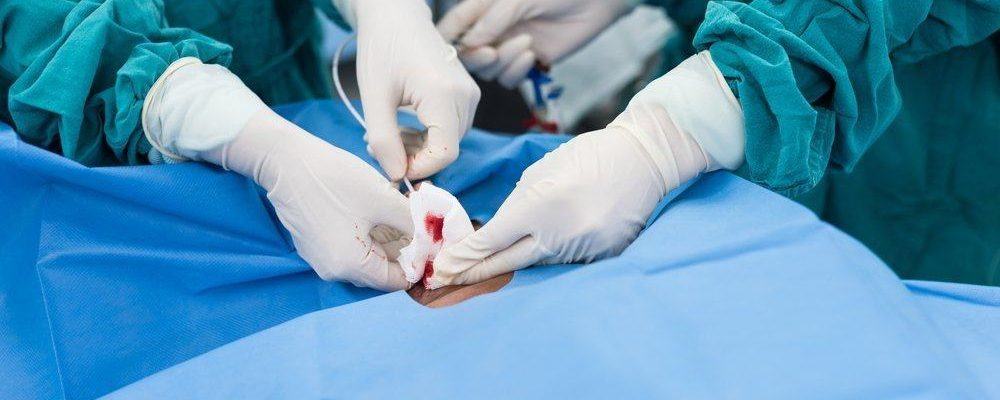
Nothing hurts like the pain of losing a child. Therefore, you need to understand how to handle stillbirth, tests to find the cause and chance of pregnancy next time.
After investigating the specific causes of stillbirth, the next thing mothers care about is how to handle stillbirths. This is a huge loss that no mother can easily overcome. However, you need to understand this to be more comfortable and learn about the chance of getting pregnant again after losing your baby.
What medical procedure is used to treat stillbirth?
After you suspect the signs of stillbirth , you should go to the hospital for a checkup. If this is really unfortunate, the next thing the doctor will do is to choose the time of delivery for the pregnant woman. The time and method of delivery depends on the gestational age, the pregnant woman's history and the choices she feels most comfortable with. Some pregnant women are unable to deliver immediately for health reasons, but it is usually safe to leave the fetus still dead until the woman goes into natural labor. Usually, labor will begin 2 weeks after stillbirth is found. Your doctor may recommend:
Induce labor
Your doctor will give you medicine or an amniocentesis to induce labor. Most pregnant women want to start labor as soon as they know they are stillborn. In case the pregnant woman is still unable to labor herself after 2 weeks of stillbirth, the doctor will initiate labor because if the fetus is still dead in the uterus, the risk of blood clotting disorders is dangerous mother (diffuse intravascular clotting).
Cervical dilatation and aspiration
Your doctor will dilate the cervix and use a tool to remove the dead pregnancy. However, this method will limit the information the doctor can collect to find out the specific cause.
Caesarean section
The doctor will perform a cesarean delivery to remove the pregnancy from the womb.
What tests can be done after a stillbirth is diagnosed?
Your doctor will need to check the fetus, placenta, and umbilical cord to find out why stillbirths are. Therefore, your doctor will consult you if you want to do fetal tests to find the cause of stillbirth. These tests include:
Amniocentesis . Your doctor will use a device to take amniotic fluid for the test. Your doctor will recommend that you do this test before delivery if you think that the cause of stillbirth may be from a genomic abnormality;
Autopsy. After the baby is born, the doctor will check the fetal organs for signs of birth defects. This can be very helpful in finding out the cause of the stillbirth as well as determining the risk of stillbirth in the future;
Genetic tests to check for fetal genome abnormalities;
Tests look for signs of infection in the fetus or placenta.
In addition to examining your baby's problems, your doctor will have to ask more about your family history and problems you experience during pregnancy. Your doctor may test your blood and perform other tests to check if you have an infection, an abnormality in your genome, or other problems like lupus erythematosus or a thyroid disorder.
If you have ever had stillbirth, can you have a healthy baby the next time you get pregnant?
The answer is yes. For most women, the stillbirth rate is very low, less than 1/100. If you have still had a stillbirth and are thinking about getting pregnant again, be sure to recover physically and mentally and see your doctor for advice on this next intention. Your doctor may recommend tests to try to find the cause of the stillbirth in the past. In this case, you should wait until the test results to hear your doctor fully advise.












